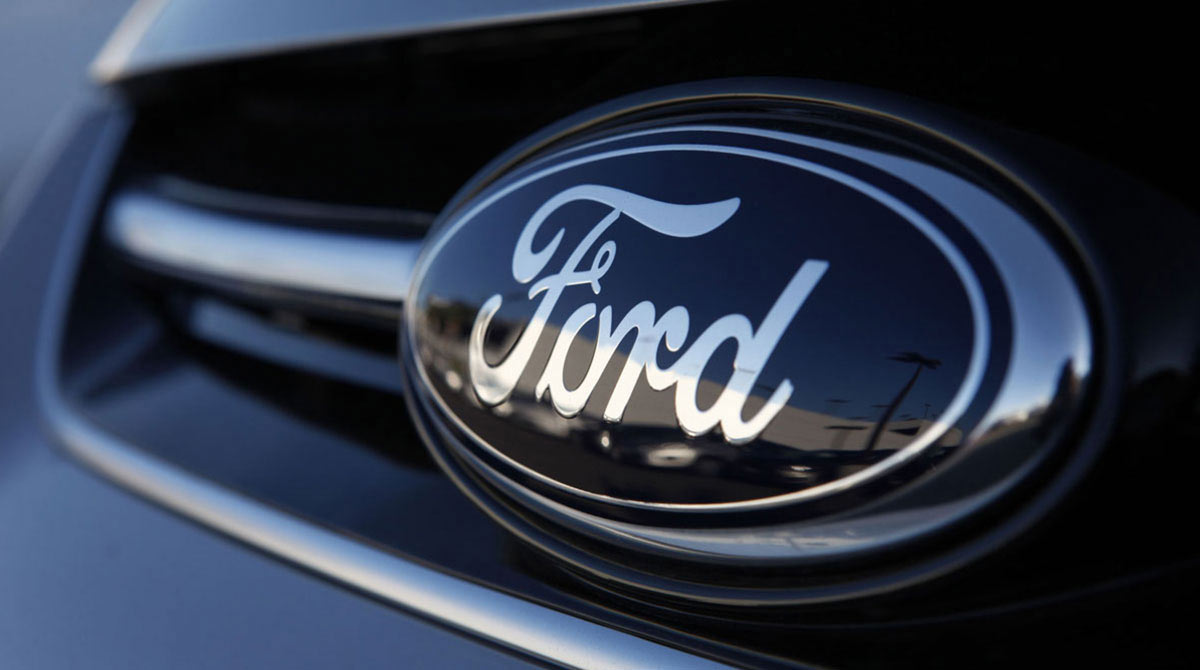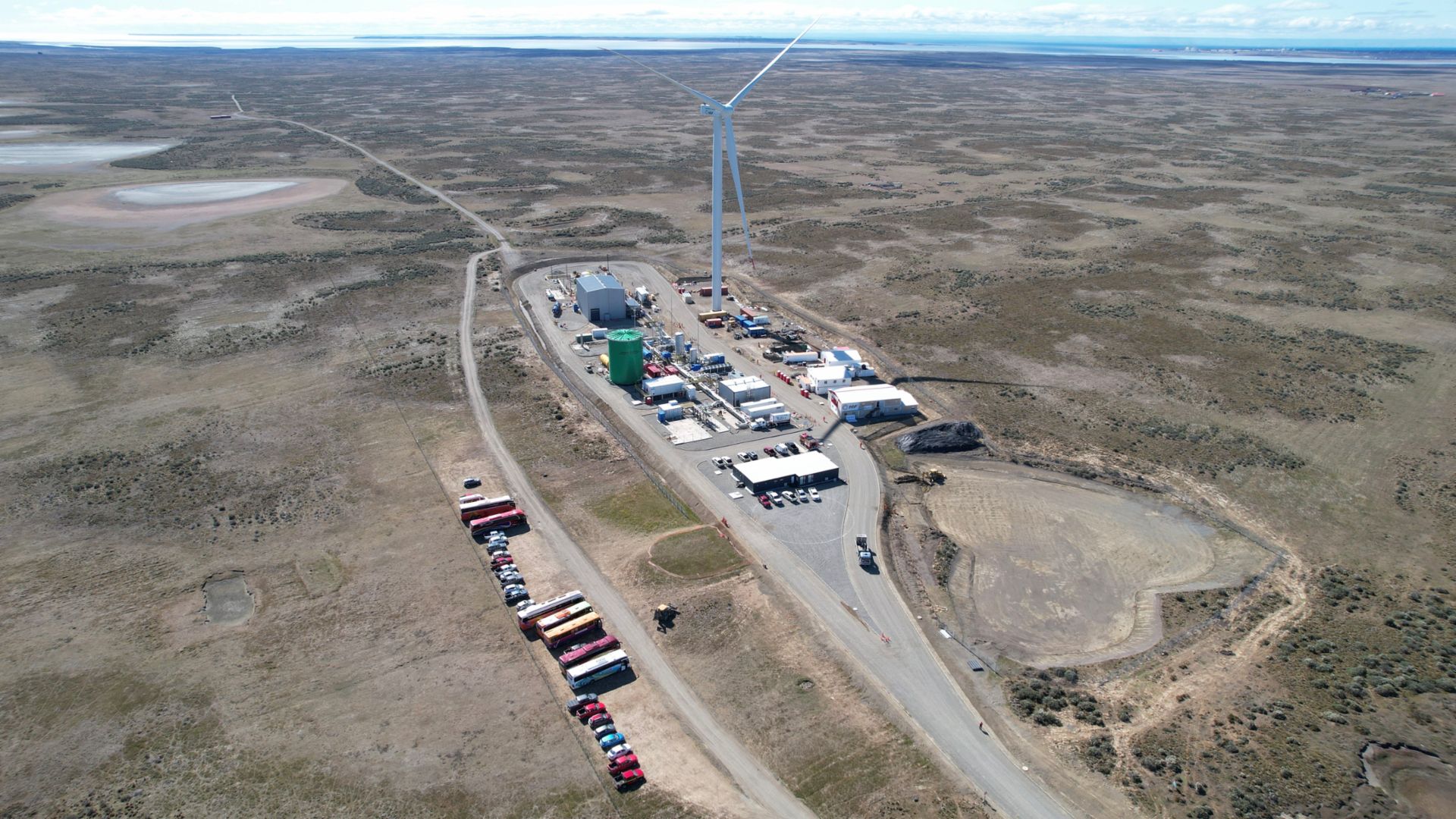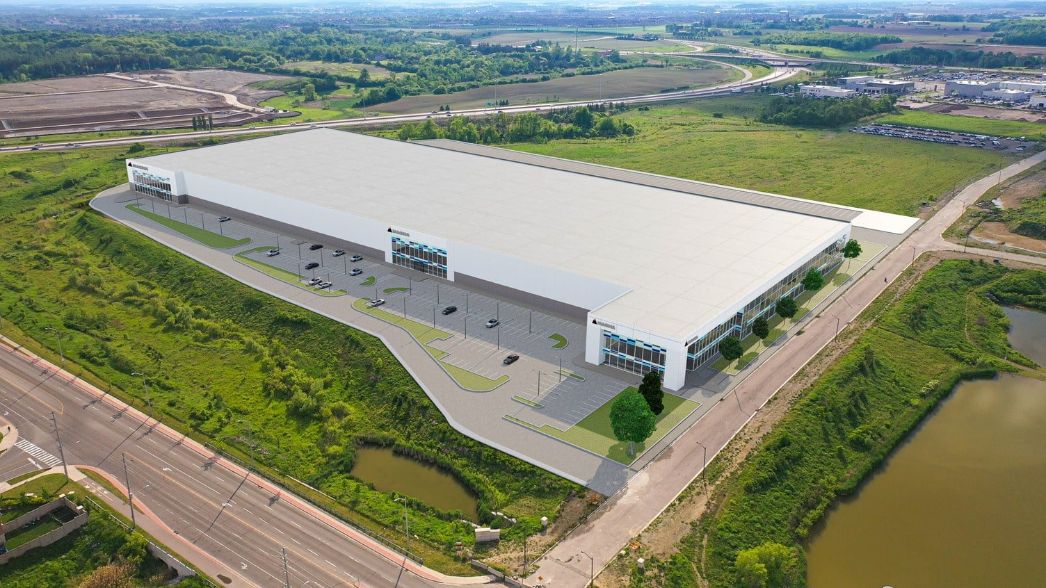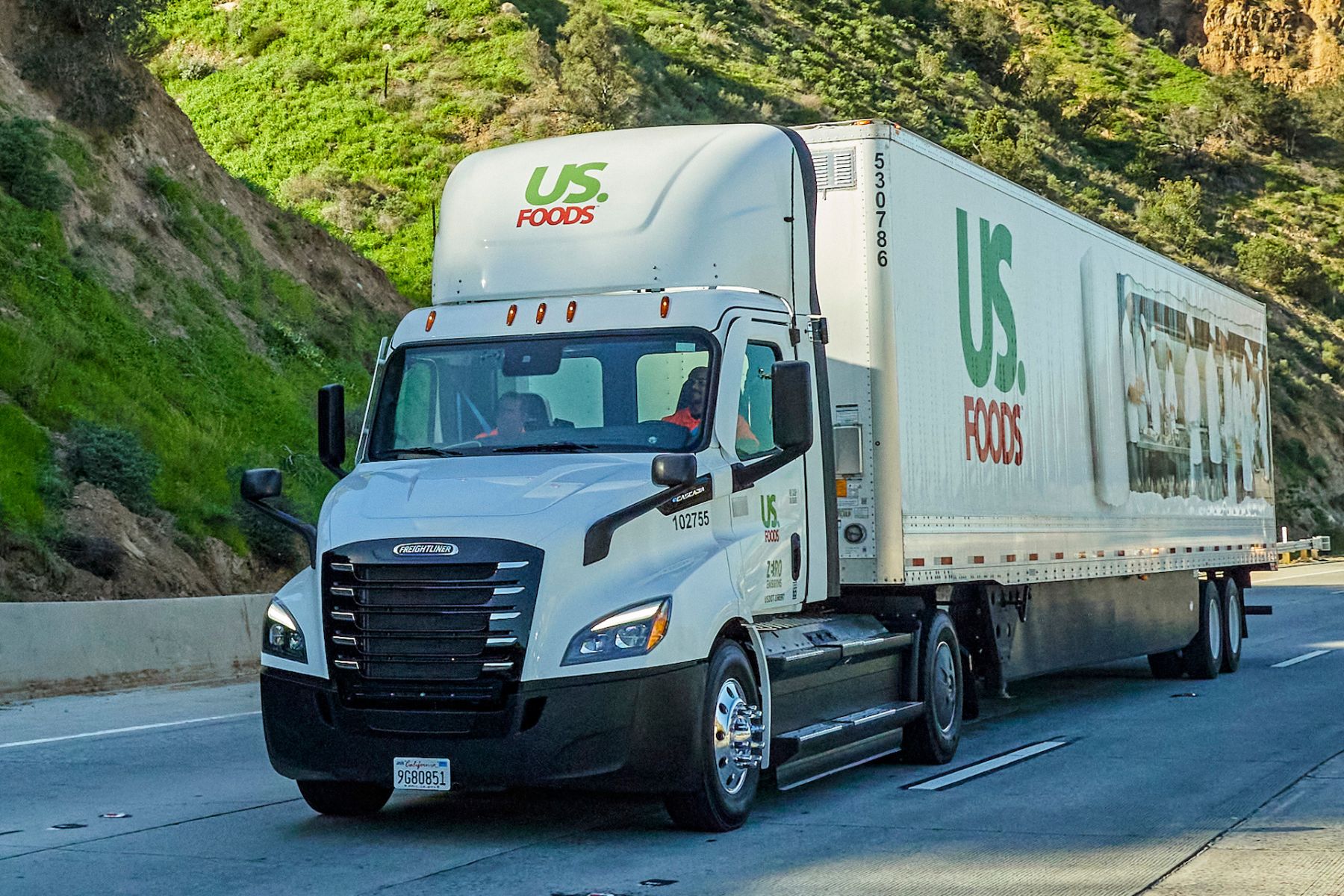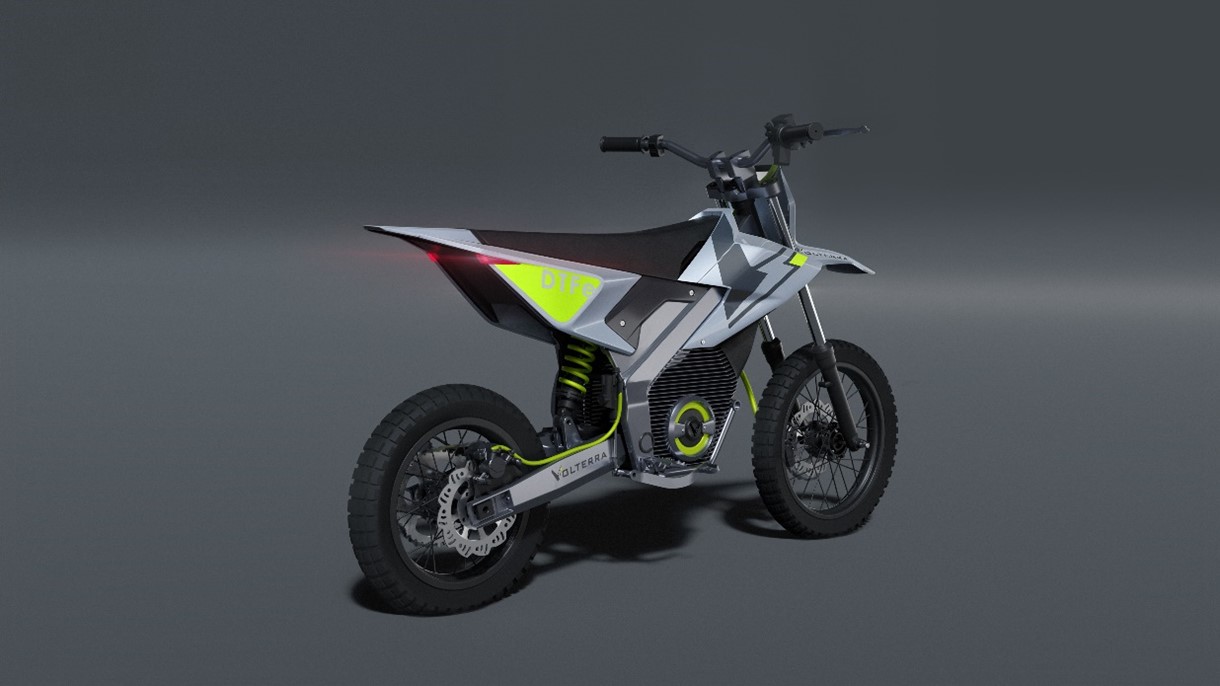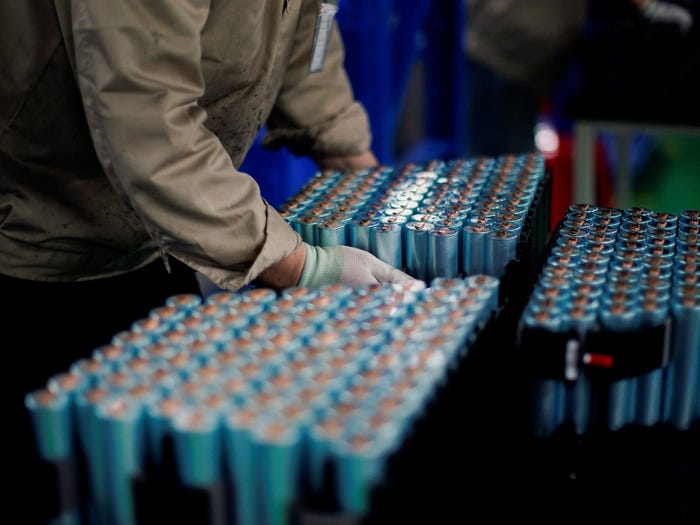Ford Motor Company is aiming to secure 8% margins on its next-generation electric vehicles, due in mid-decade. The company’s executives have acknowledged, however, that it could take years to close an overall cost disadvantage of up to $8 billion compared to its competitors. The automaker’s chief financial officer, John Lawler, announced at an auto conference that the company can save up to $2.5 billion this year by better managing production schedules and taking advantage of lower commodity prices.
Ford’s poor quarterly results earlier this month were attributed to chip shortages, supply chain disruptions, and production “instabilities,” adding to its costs. Lawler has stated that the company faces $5 billion in higher costs this year and that it will be “very aggressive” in reducing expenses in manufacturing, supply chain, and distribution operations.
See also: Ford to Develop Electric Cars on Its Own Platform in Europe from Mid-Decade
To reduce dealer inventories and drive more transactions online, among other measures, Ford aims to take longer-term steps. The company’s CEO, Jim Farley, stated that the designs of its new electric trucks and SUVs have been “locked down” and that the company plans to lower battery cell costs to less than $70 per kilowatt-hour.
To simplify manufacturing and reduce parts count, Ford plans to shift to large underbody castings, pioneered by global EV leader Tesla Inc. The executives also stated that introducing more efficient battery chemistries and reducing pack sizes, as well as shifting to more aerodynamic vehicle designs, will result in further gains.
See also: GM and Ford will be able to surpass Tesla’s electric vehicle sales by 2025
Farley emphasized the importance of making EVs more aerodynamic, stating that “thousands of dollars in battery costs” could be saved. He also acknowledged that the company is still struggling to change entrenched mindsets in design and engineering, which is one of the reasons why he created a separate organization, Ford Model e, to oversee the development, manufacturing, and distribution of the automaker’s future electric vehicles.
Farley stated that the company has “a bracket group” of hundreds of engineers who make brackets, adding that “there’s no bracket group” if Ford wants to make 8% margins in EVs. Ford shares were down 2% in afternoon trading.

